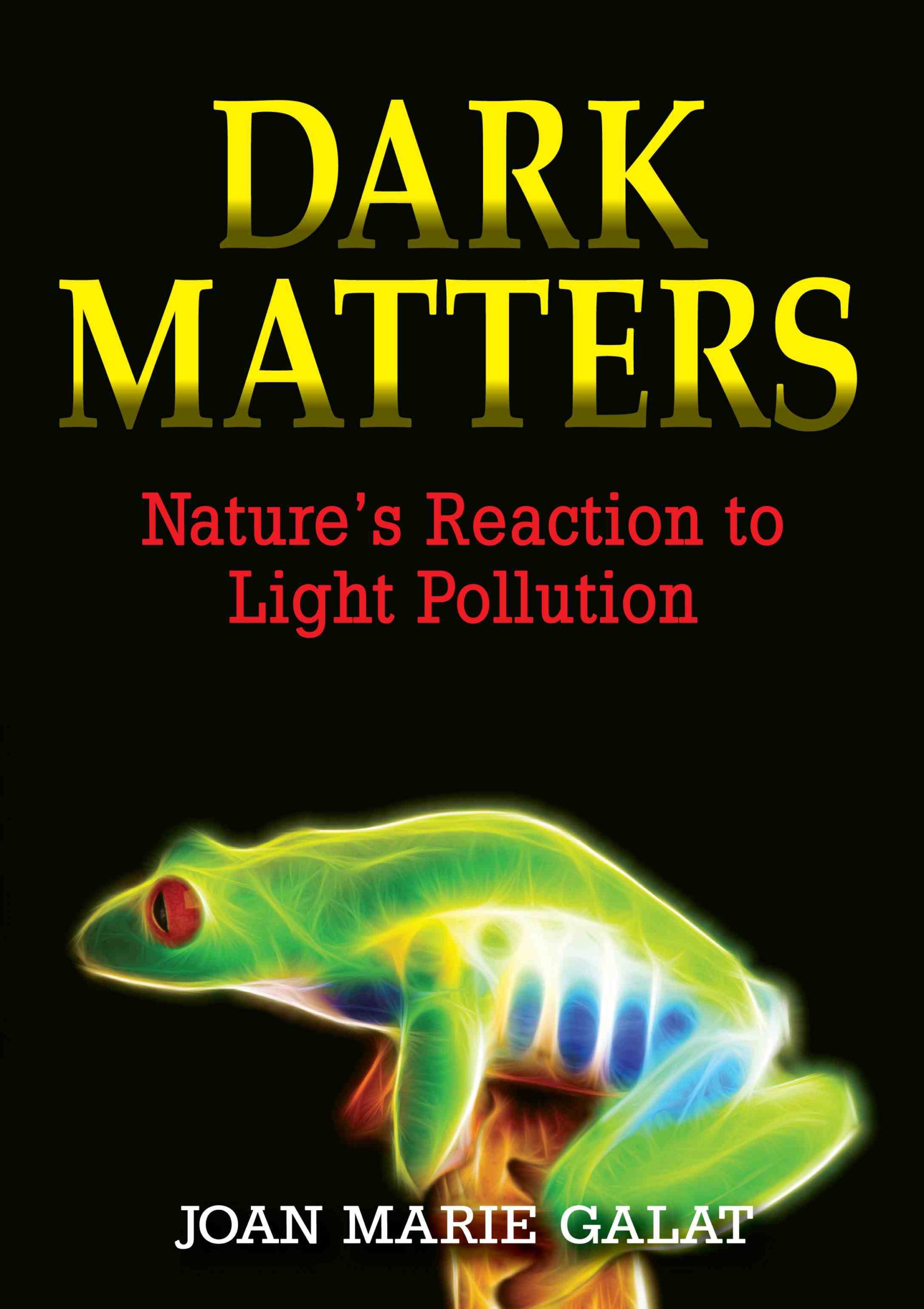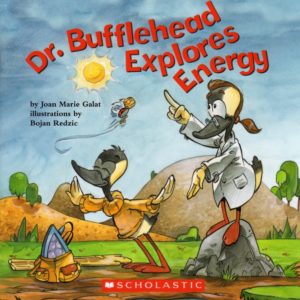Description
- Juvenile nonfiction
- Pages: 70
- Dimensions: 20.3 x 2.5 x 25.4 cm
- ISBN-10: 0889955158
- ISBN-13: 978-0889955158
Subjects: Light Pollution, Environmental Conservation and Protection, Science, Nature, Astronomy
Excerpt:
I’m sure it’s easier to be a human than to be an animal. At bedtime, I shut the blinds, close the curtains, and crawl into bed. Everyone knows it’s easier to fall asleep in the dark. I once saw Aunt Florence sleep wearing an eye mask to keep the light out. It must have worked because she was snoring pretty loudly.
A lot of animals need dark to sleep, too. Sleep is necessary for survival. It keeps the mind and body working properly. Animals that don’t get enough shut-eye become forgetful.
Nocturnal animal, like bats, are active at night and sleep during the day. Other species are diurnal—adapted to be active during the day and sleep at night. Some animals, like porcupines, are crepuscular. That means that they are most active during the dimly lit twilight hours around sunrise and sunset.
No matter what time they are most active, all animals need darkness. Nocturnal animals are adapted to capture food and avoid enemies in dark environments. Animals that are active at night face less competition for food, water, shelter, and space. Diurnal animals, like red squirrels, need darkness to hide from predators and feel safe enough to sleep. But squirrels can’t close drapes or put on an eye mask like Aunt Flo.




